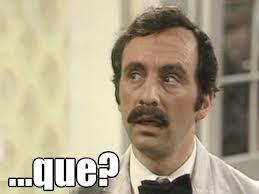Hi, first time i have posted so hope i have done this the right way!
I have had a few problems with my conventional central heating system since I moved into the house. I am trying to get my head round how it all should work. The only thing I can not understand is a small 10mm pipe which is about 50cm long with a manual isolation valve on it in the airing cupboard which has got me baffled. This is not shown on most diagrams I have looked at on the internet and the ones that do don’t explain what it is for.
The pipe branches off the pipe which is between the pump and diverter control valve and connects to the pipe coming from the bottom of the hot water tank which i think goes back to the boiler.
Does anyone know what this is for and if this should be normally closed or open?
Thanks
I have had a few problems with my conventional central heating system since I moved into the house. I am trying to get my head round how it all should work. The only thing I can not understand is a small 10mm pipe which is about 50cm long with a manual isolation valve on it in the airing cupboard which has got me baffled. This is not shown on most diagrams I have looked at on the internet and the ones that do don’t explain what it is for.
The pipe branches off the pipe which is between the pump and diverter control valve and connects to the pipe coming from the bottom of the hot water tank which i think goes back to the boiler.
Does anyone know what this is for and if this should be normally closed or open?
Thanks



